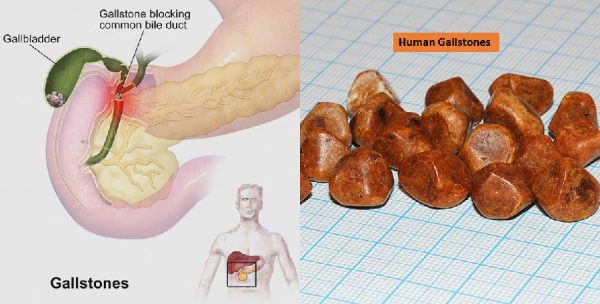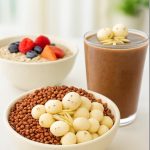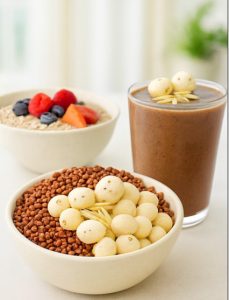
How To Prevent Gallstones Formation
More than a million people suffer from gall bladder stone for various reasons. Sometimes the pain due to these gall bladder stones can be unbearable. Gall bladder is a small pouch which appears like deflated balloon after a meal stomach and after meal it deflates. It is present beneath liver.
Gallbladder stones, cholecystitis and gallbladder cancer are three different conditions. Cholecystitis is infection of gallbladder; gallbladder cancer is rare and difficult to diagnose. Gall bladder stone is a common condition where bile present in gall bladder crystallizes forming gallstones. Generally, these stones are harmless but can cause severe pain, inflammation and vomiting if not treated.
Symptoms of gallstones:
Some of the common symptoms one can experience with gallstones are:
- Sudden pain in the back, right shoulder and, mid and upper right abdomen
- Jaundice symptoms
- Fever
- Vomiting and nausea
- Sweating severely
- Stomach bloating
- Flatulence
- Motion will be clay colored
- Chest pain
- Recurrence of symptoms
Amongst all the above symptoms, pain is the main symptom that people experience with gallstones. Pain can be steady and remain for short time to several hours. When not attended, it can lead to infection and cholecystitis. Infection requires treatment with antibiotics and sometimes surgery. Gall stones can pass out into common bile duct causing blockage of the duct. This results in jaundice and pancreatitis. In this condition a person might feel pain in upper and right part of abdomen, between shoulder blades and right shoulder.
What is gallstone made of?
Gallstone made of either cholesterol which is the most common type or made by bilirubin, a substance made by breaking of RBC (red blood cells). This substance can release to blood stream causing jaundice.
Reasons for gallstones formation:
- Presence of cholesterol and bilirubin in bile
- Underactive gallbladder that does not empty bile
- During pregnancy
- Cirrhosis of liver
- Blood disorders
- Rapid loss of weight – heavy fasting, crash diet
Who gets gallstones?
- Women, pregnant women, and people aged over 40
- It could be due to hereditary
- Overweight and obesity
- Going through rapid weight loss program through crash diet program
- Crohn’s disease
- Diet with high fat and cholesterol
- Suffering from blood disorders
- Many Asians and Latins get gallstones more than others.
How are gallstones treated?
For some gallstones does not require treatment as they don’t experience any symptoms and problem. For others, following treatments can be suggested based on the severity
- Change in the diet- Control of fatty food is highly recommended. Eating plenty of fruits, vegetables and fiber rich food is helpful. Drinking fluids and losing weight if the person is overweight is helpful
- Weight loss program- Do not try to lose weight with fade diet program. Control portion and lose weight through proper exercise and gradually. An active lifestyle helps to reduce chances of developing gallstones.
- Surgery: Cholecystectomy is removal of entire gallbladder. Surgeons may remove the gall bladder or might remove stones from bile ducts. Surgery may involve laparoscopic type or open type based on the severity of gallstone symptoms. Recovery in case of keyhole surgery is faster than the open surgery.
For a good diet program consult a nutritionist. Include following food types in your daily diet to prevent development of gallstones.
- Eat more foods that are high in fiber, such as ; fruits, vegetables, beans, peas, spinach, fenugreek
- whole grains, brown rice, oats, whole wheat bread.
- Control refined carbohydrates , salt and sugar.
- Eat healthy fats that supplies omega 3 and omega 6 fatty acids. This will help your gallbladder contract and empty on a regular basis.
- Avoid and go slow on unhealthy fats – fried foods, artificial sweetener, sweats and desserts
References:
https://www.healthdirect.gov.au/
https://my.clevelandclinic.org/
Www. Werindia.com
Image credit: BruceBlaus, CC BY-SA 4.0 , via Wikimedia Commons
George Chernilevsky, CC BY-SA 4.0 , via Wikimedia Commons
Author: Sumana Rao | Posted on: April 19, 2022
« Six Simple Steps For Weight Loss And A Healthier Heart Keep your lungs breathing »




















Write a comment